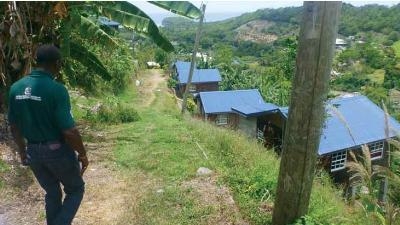When Hurricane Ivan swept through Grenada in September 2004, devastation was widespread: damages were equivalent to 200% of the country’s GDP, 9 out of 10 buildings were affected, and 39 people were killed. More recently, in October 2010, 1,200 persons were displaced after Hurricane Tomas lashed Saint Vincent and the Grenadines.
While still highly vulnerable to heavy rainfall, hurricanes and landslides, the two small island states will make it possible – in a near future – to mitigate the impacts caused by these events. Through the $47 million Regional Disaster Vulnerability Reduction Project, both countries will have the opportunity to invest in research, more climate resilient infrastructure, and disaster response.
This is the largest World Bank initiative in the Eastern Caribbean. Its implementation began in November 2011 and is expected to end in December 2016. By then, Grenada and Saint Vincent and the Grenadines will be able to share their knowledge with neighboring countries – which also struggle with natural hazards.
Domino effect
In the Eastern Caribbean, disasters account, on average, for almost 20% of the variation of real GDP growth every year. And, as demonstrated by Hurricane Ivan, when one country is devastated by an event such as a hurricane or drought, it directly affects the regional economy.
“One of the greatest challenges for the region is to finance the many investments needed to correct decades of maladaptation and better prepare for future changes in the climate,” says Niels Holm-Nielsen, Disaster Risk Management Regional Coordinator for Latin America and the Caribbean at the World Bank.
“Through the program, Grenada and Saint Vincent and the Grenadines get access to resources from the Climate Investment Funds and the International Development Association (IDA). It is an important outcome for the Caribbean,” he adds.

